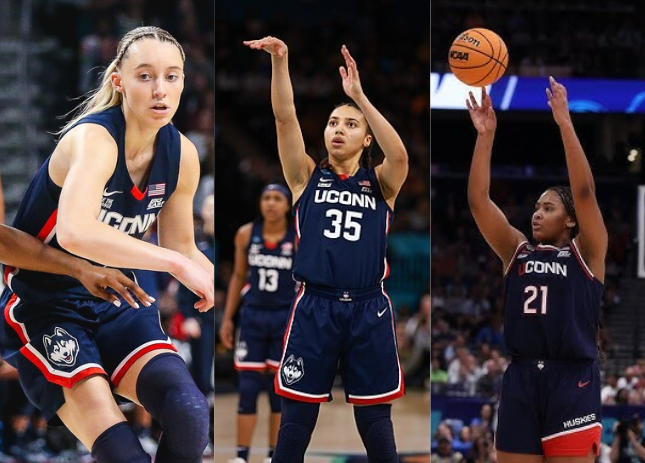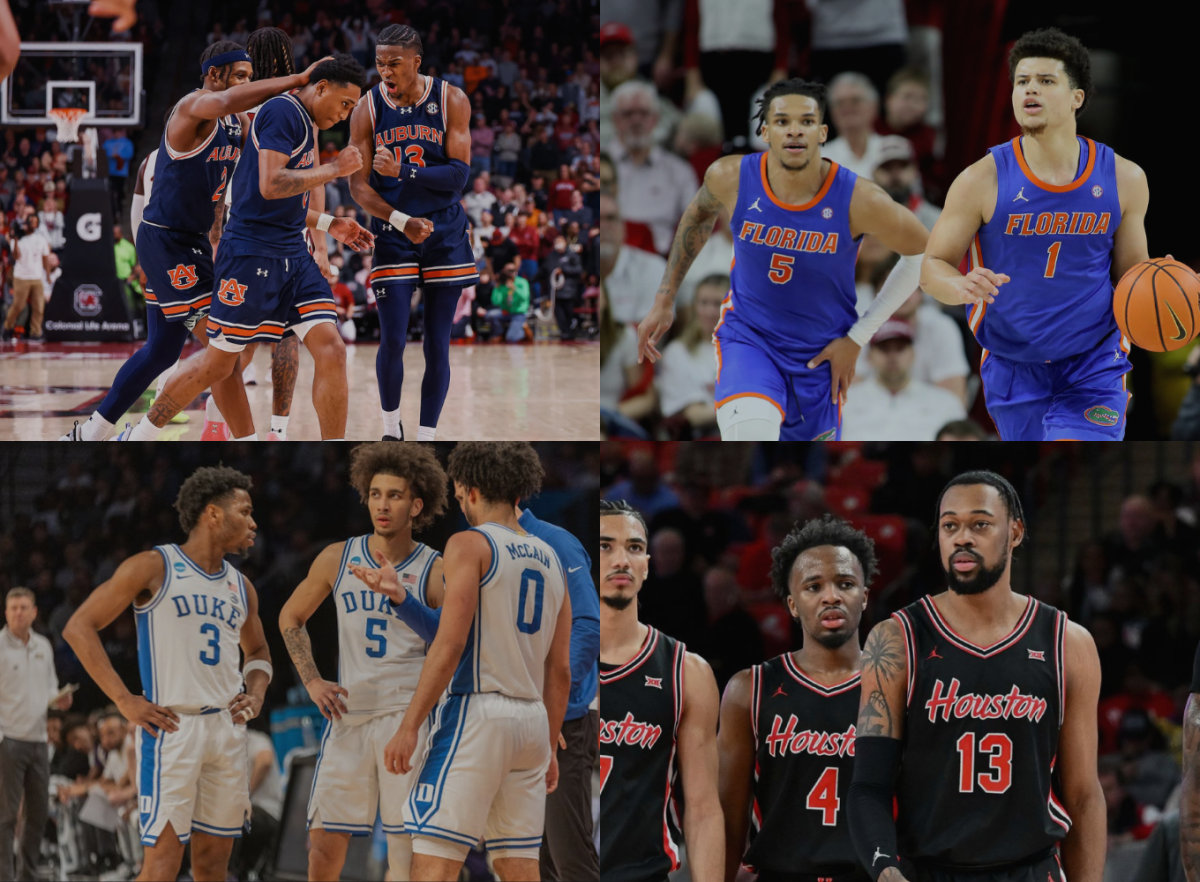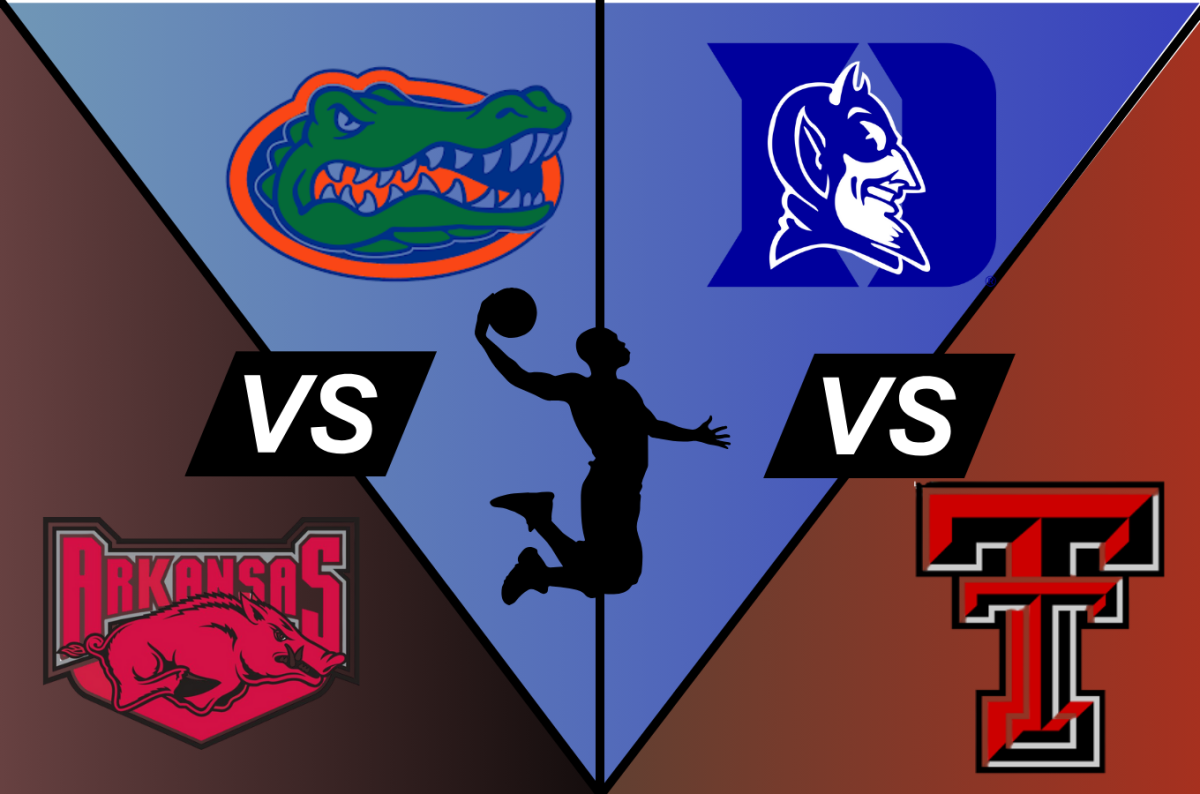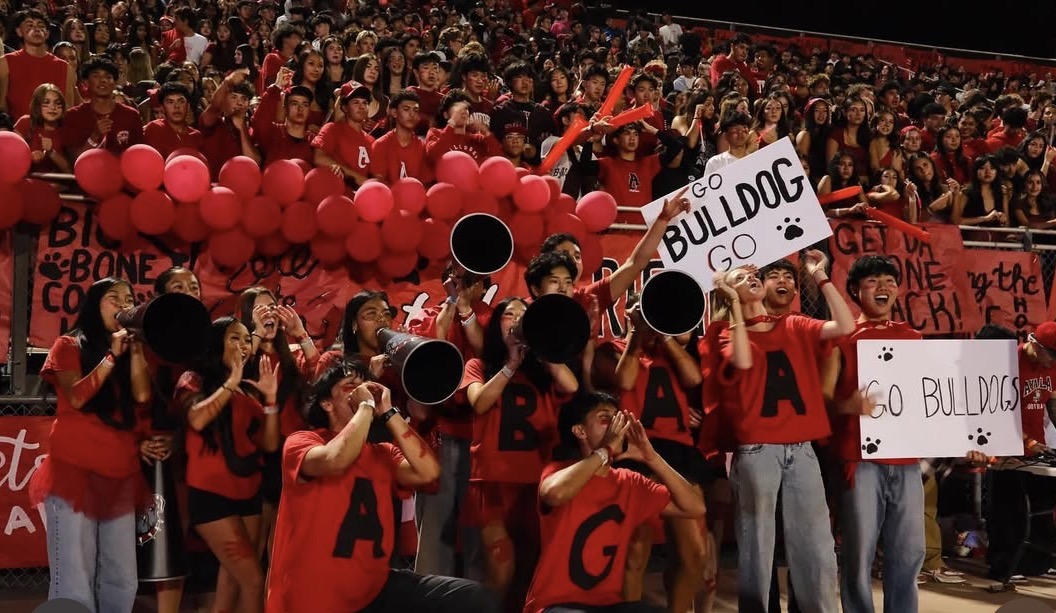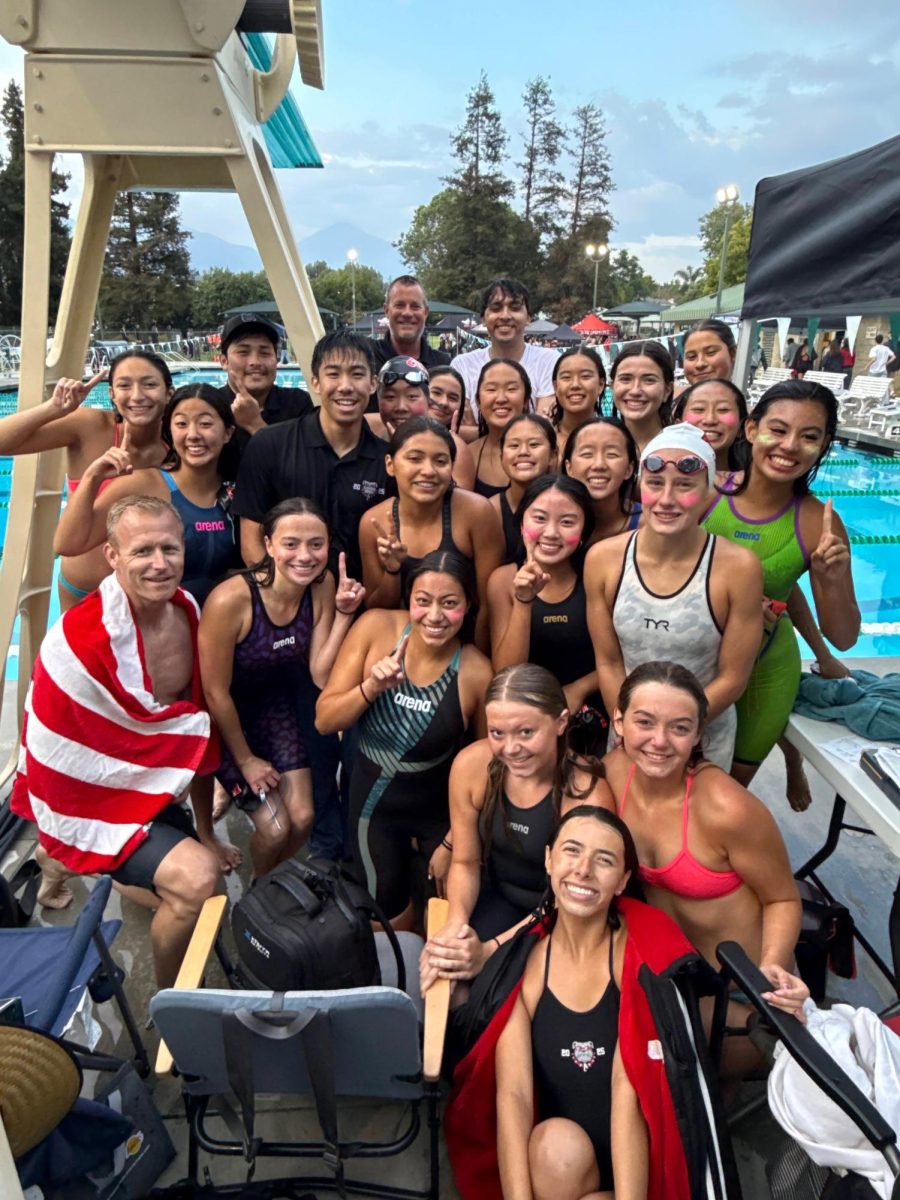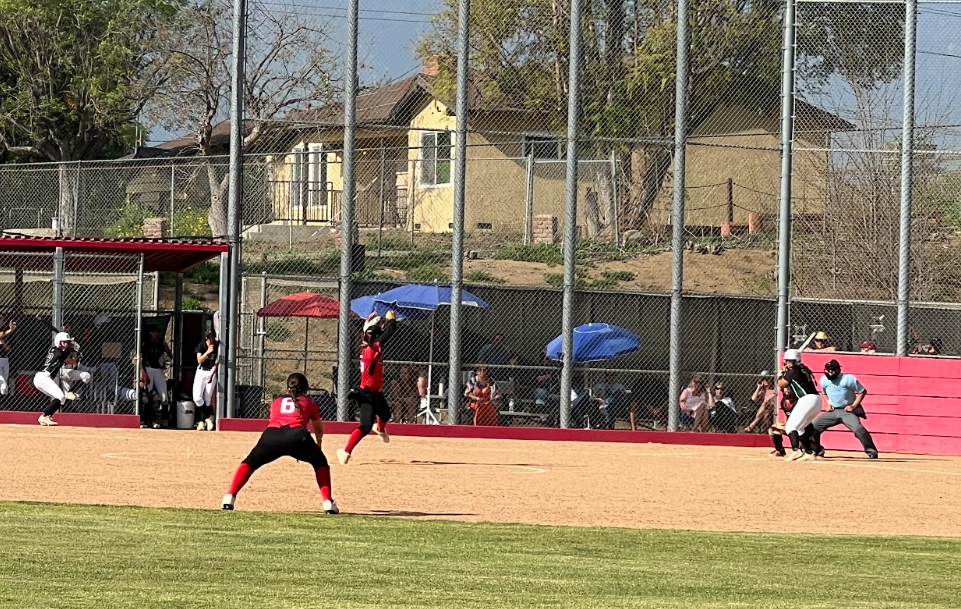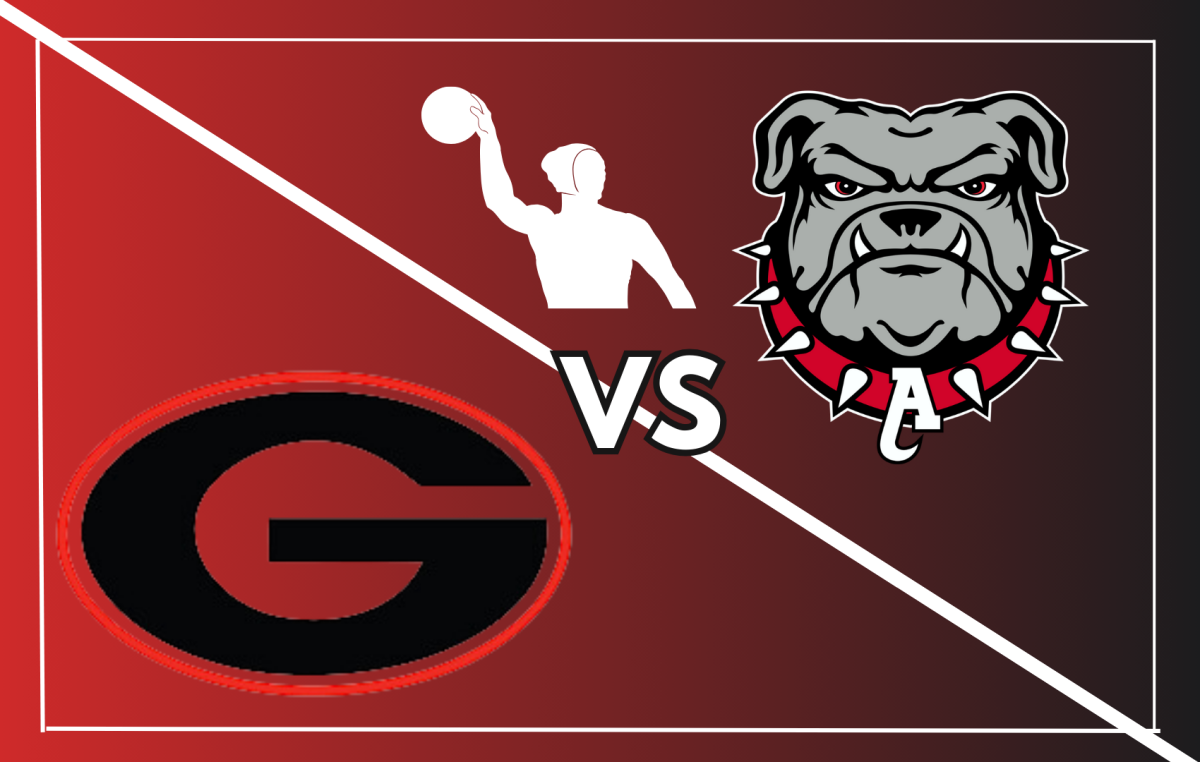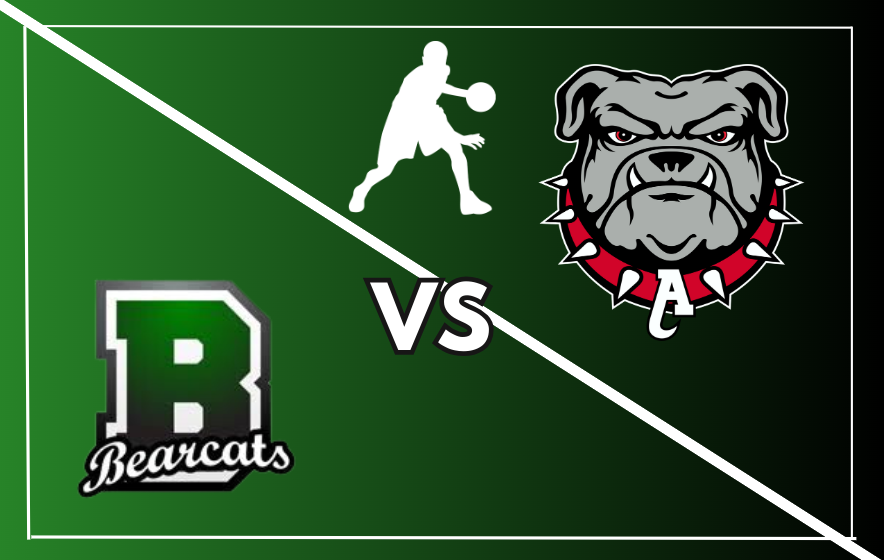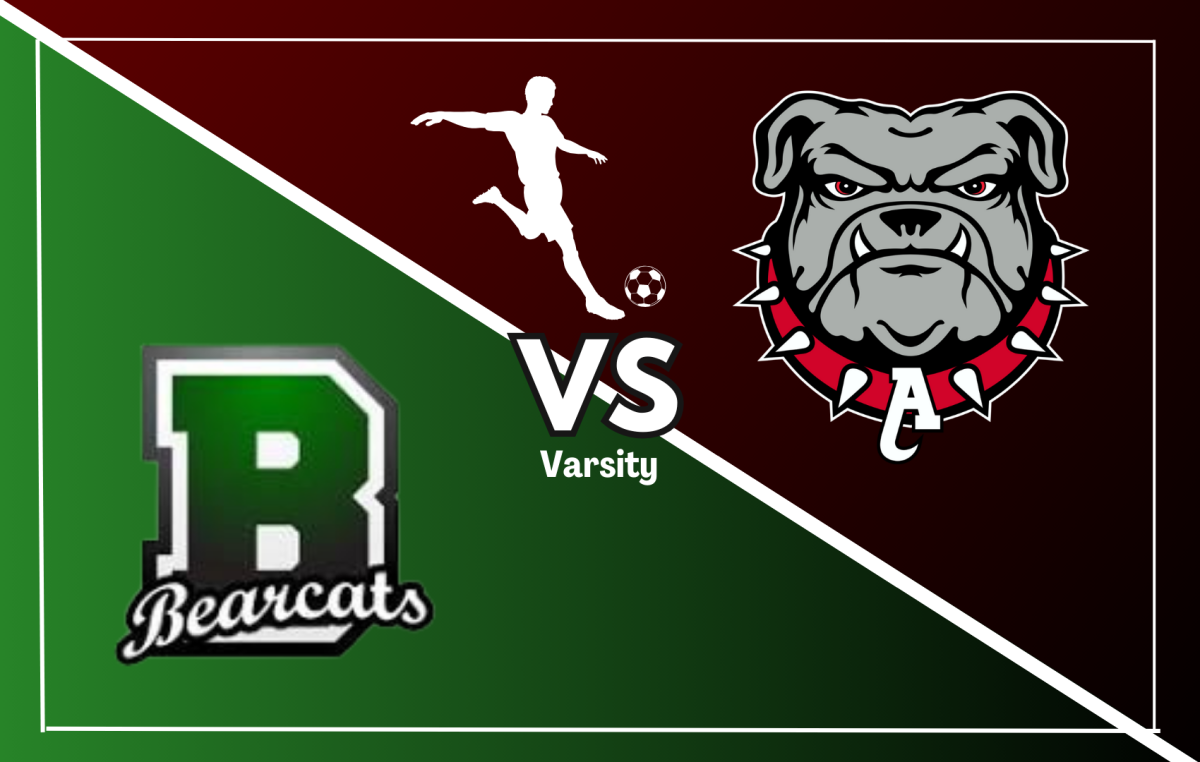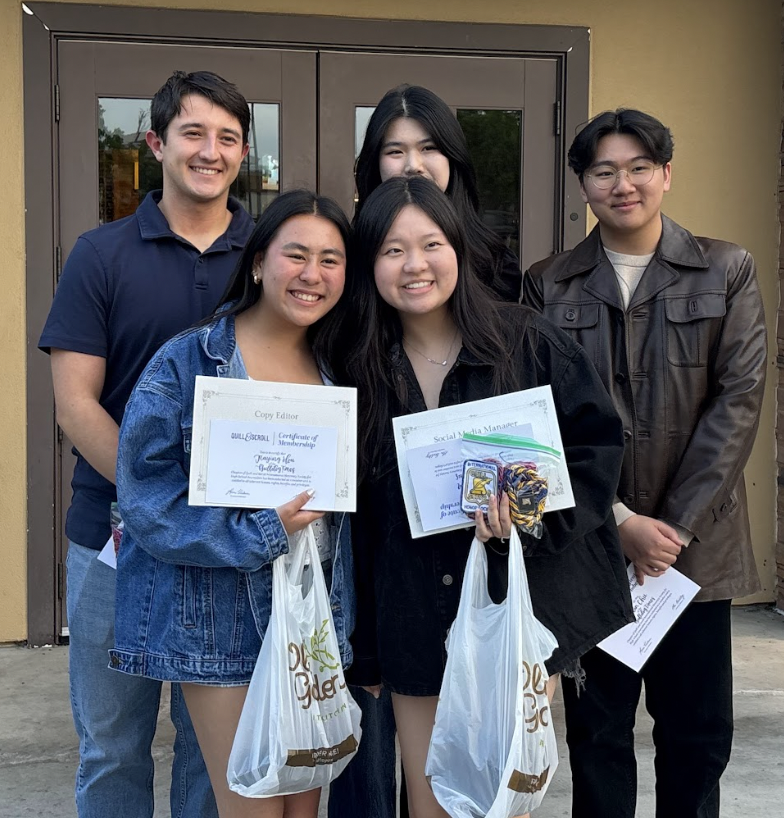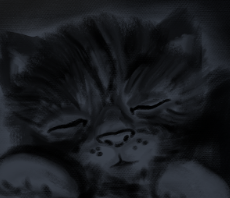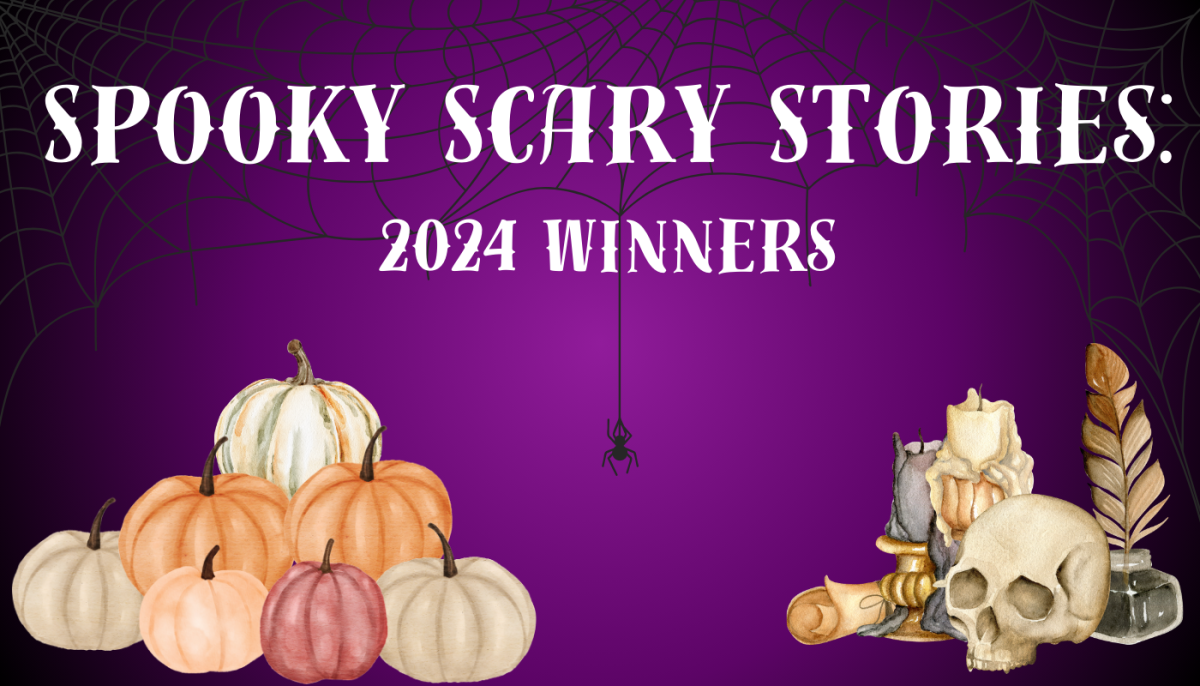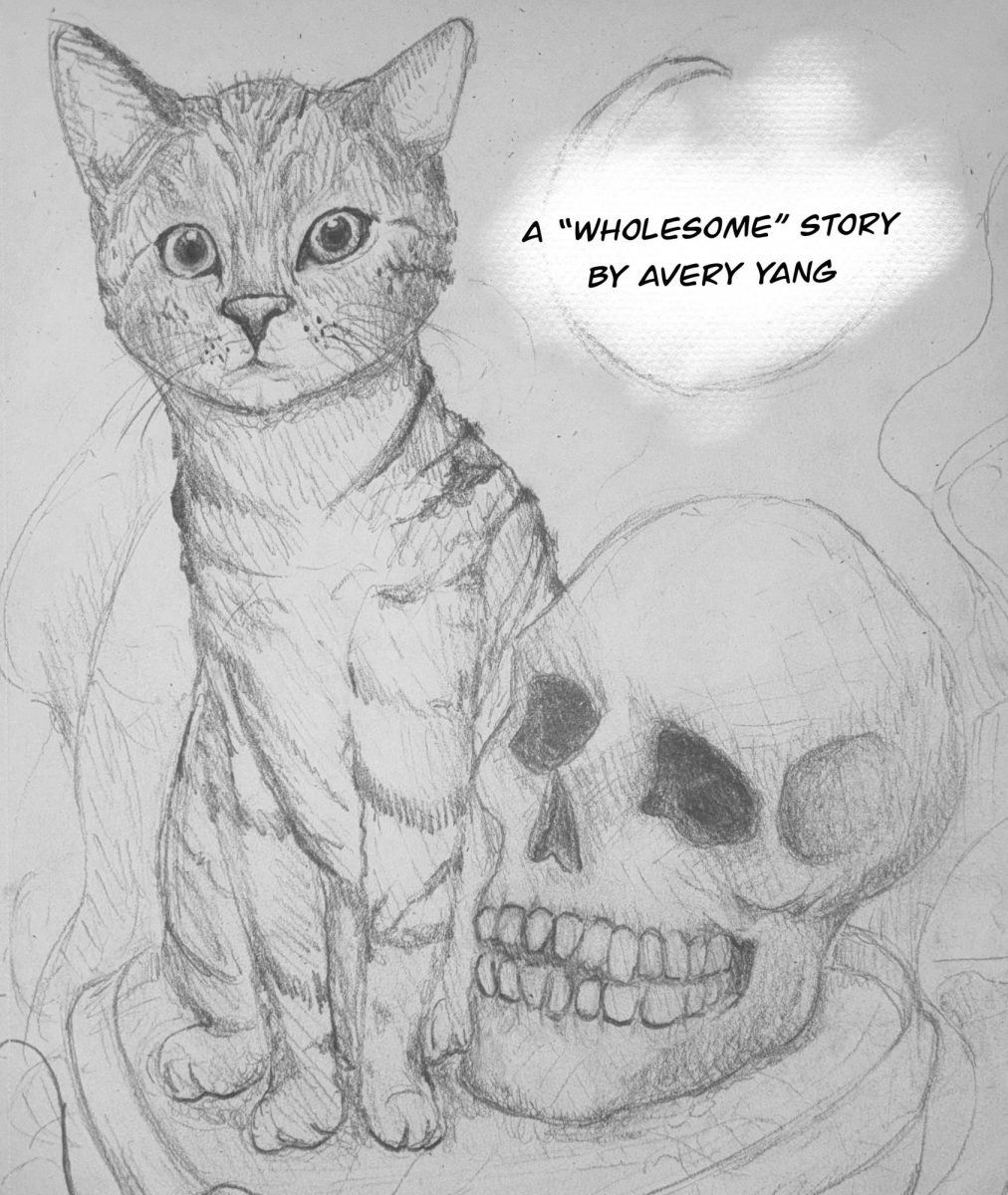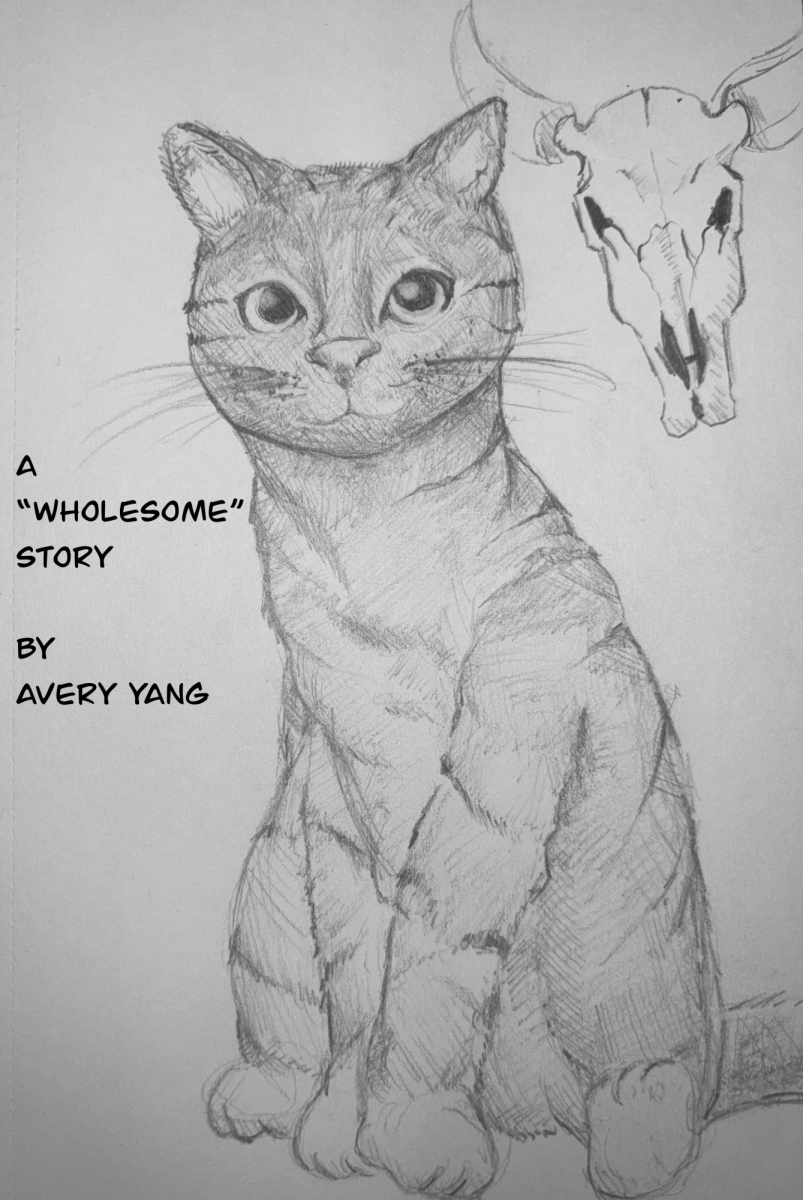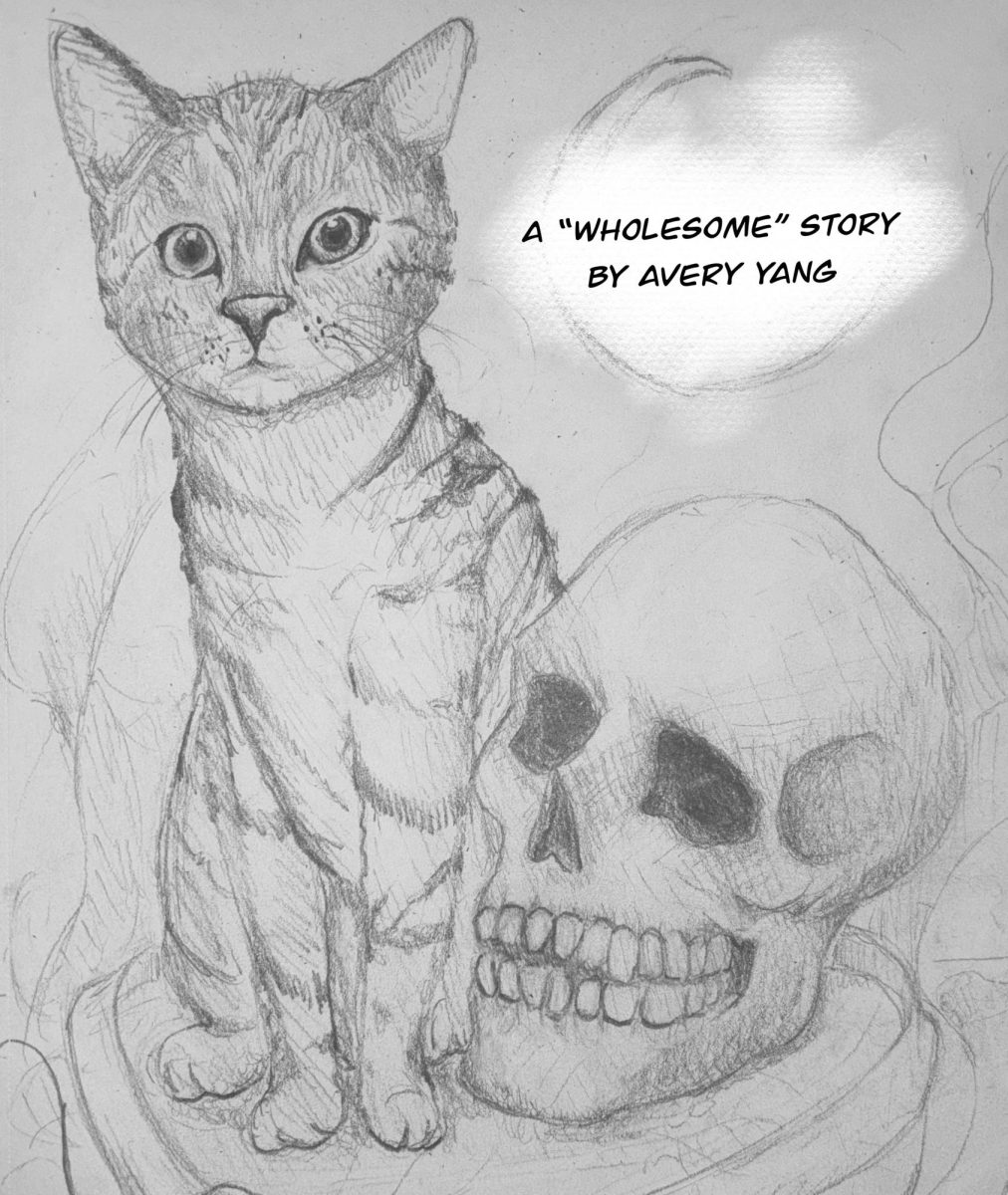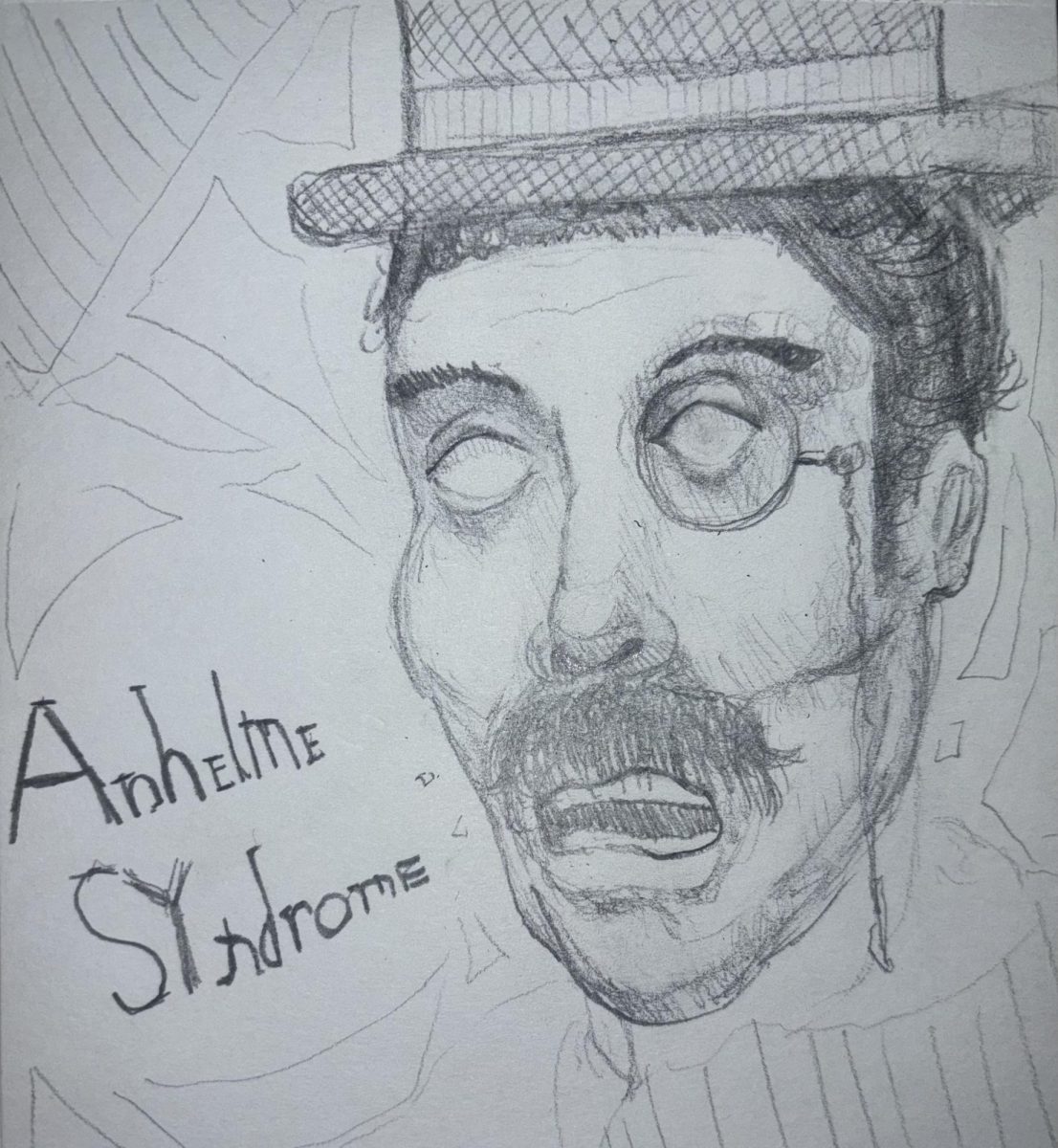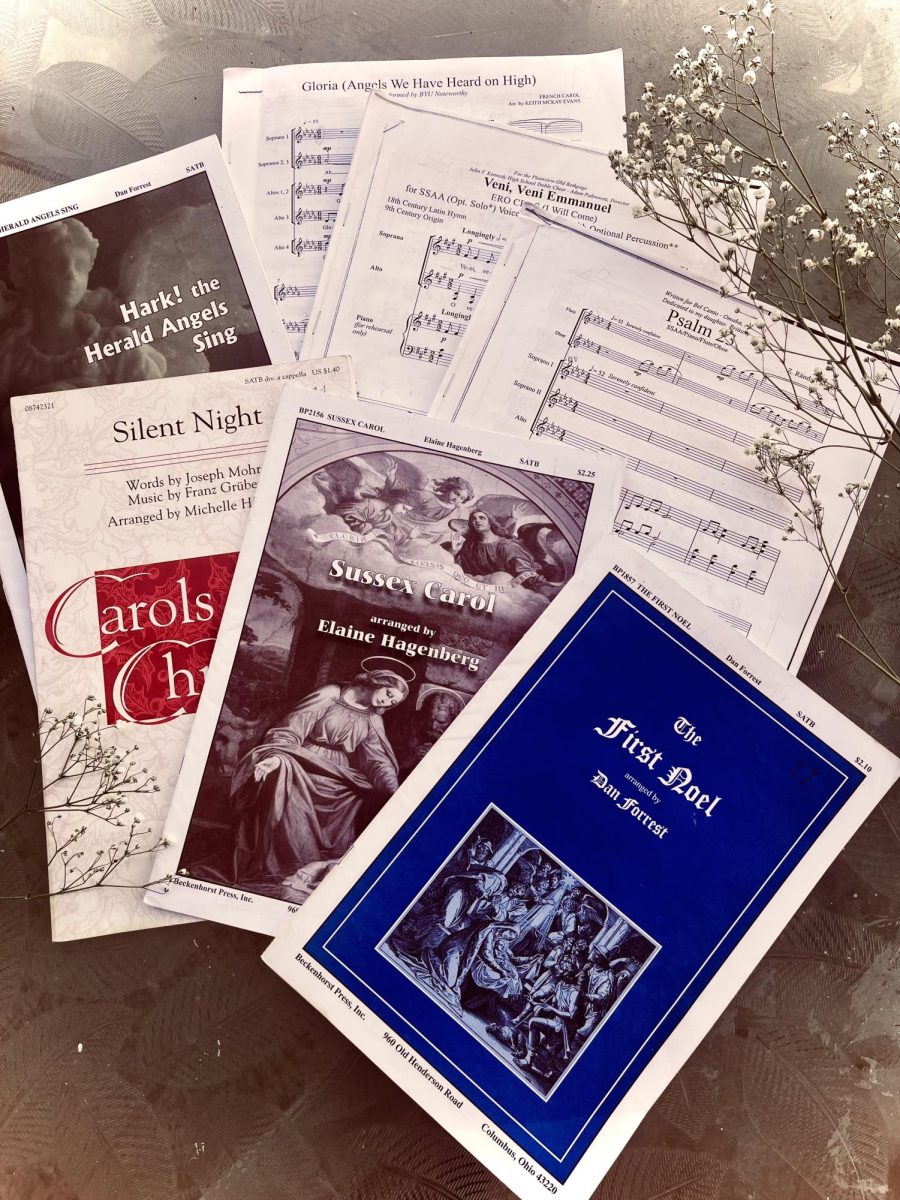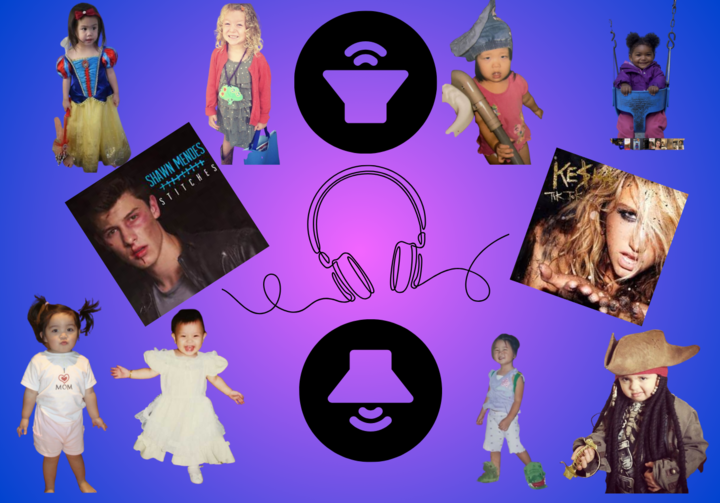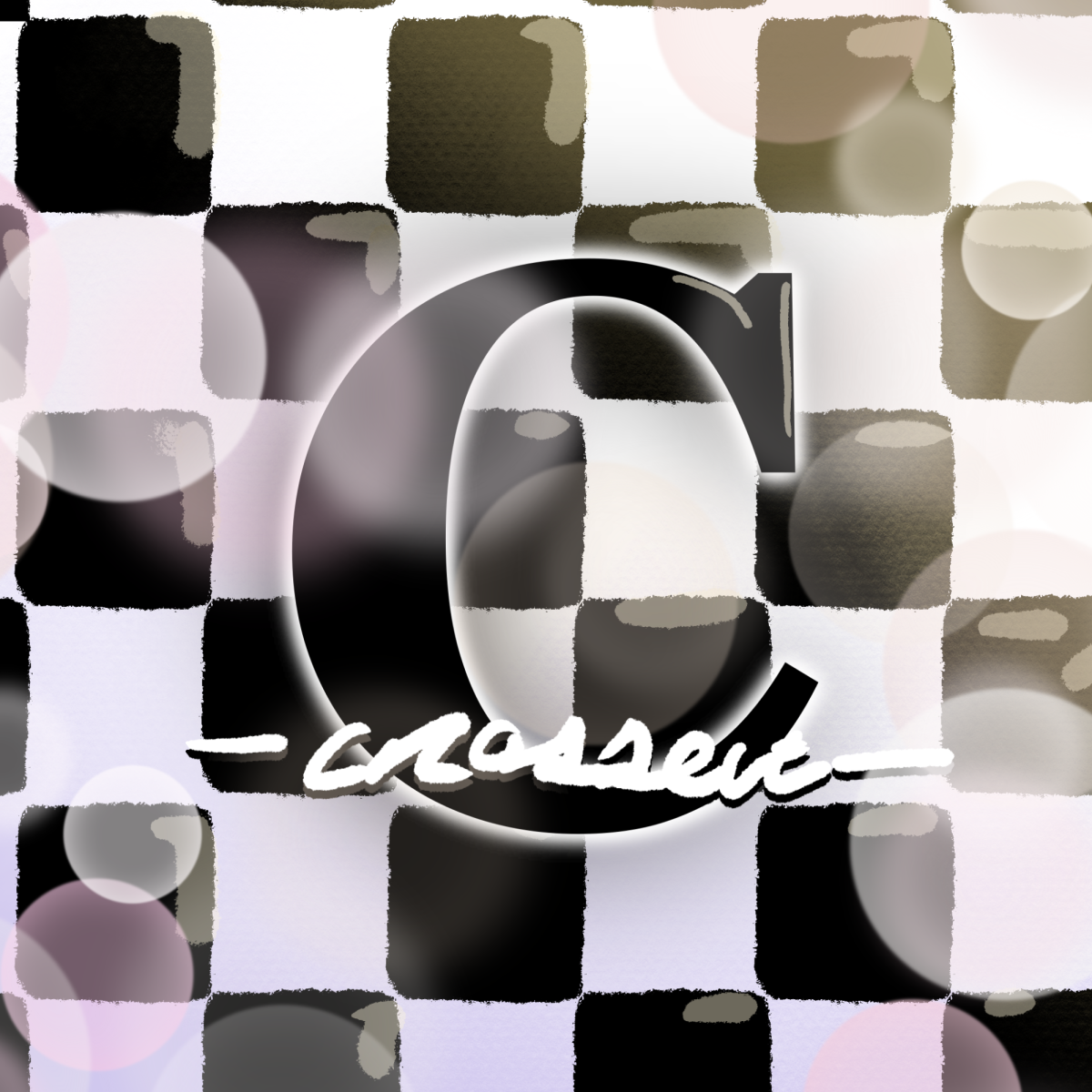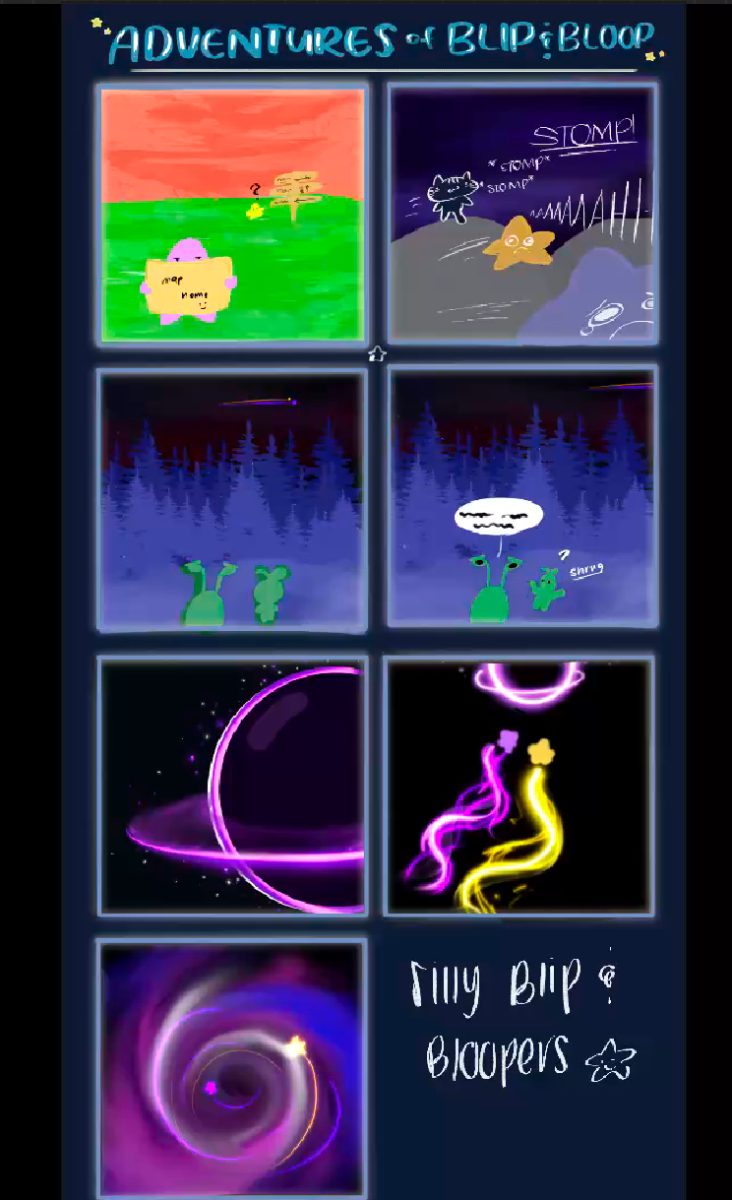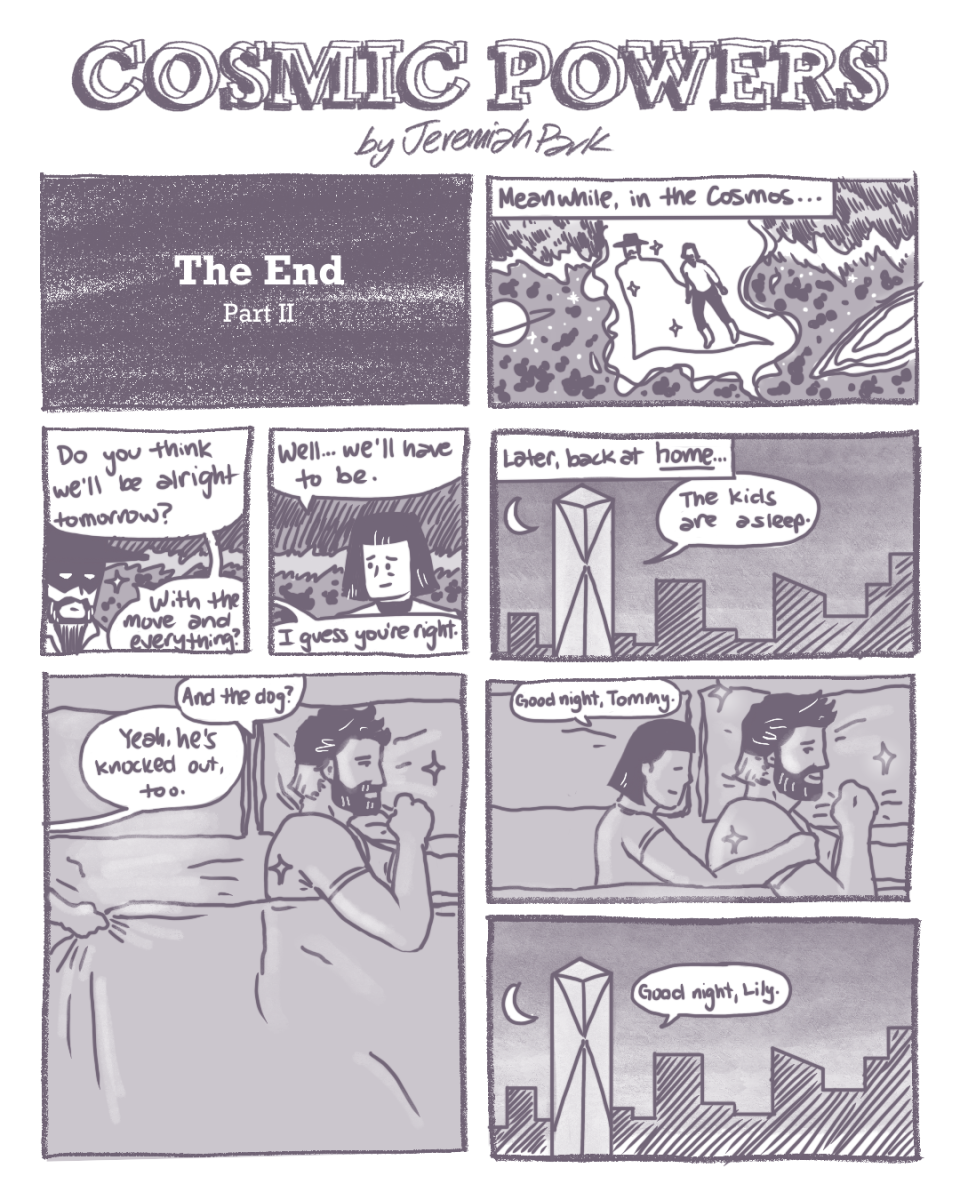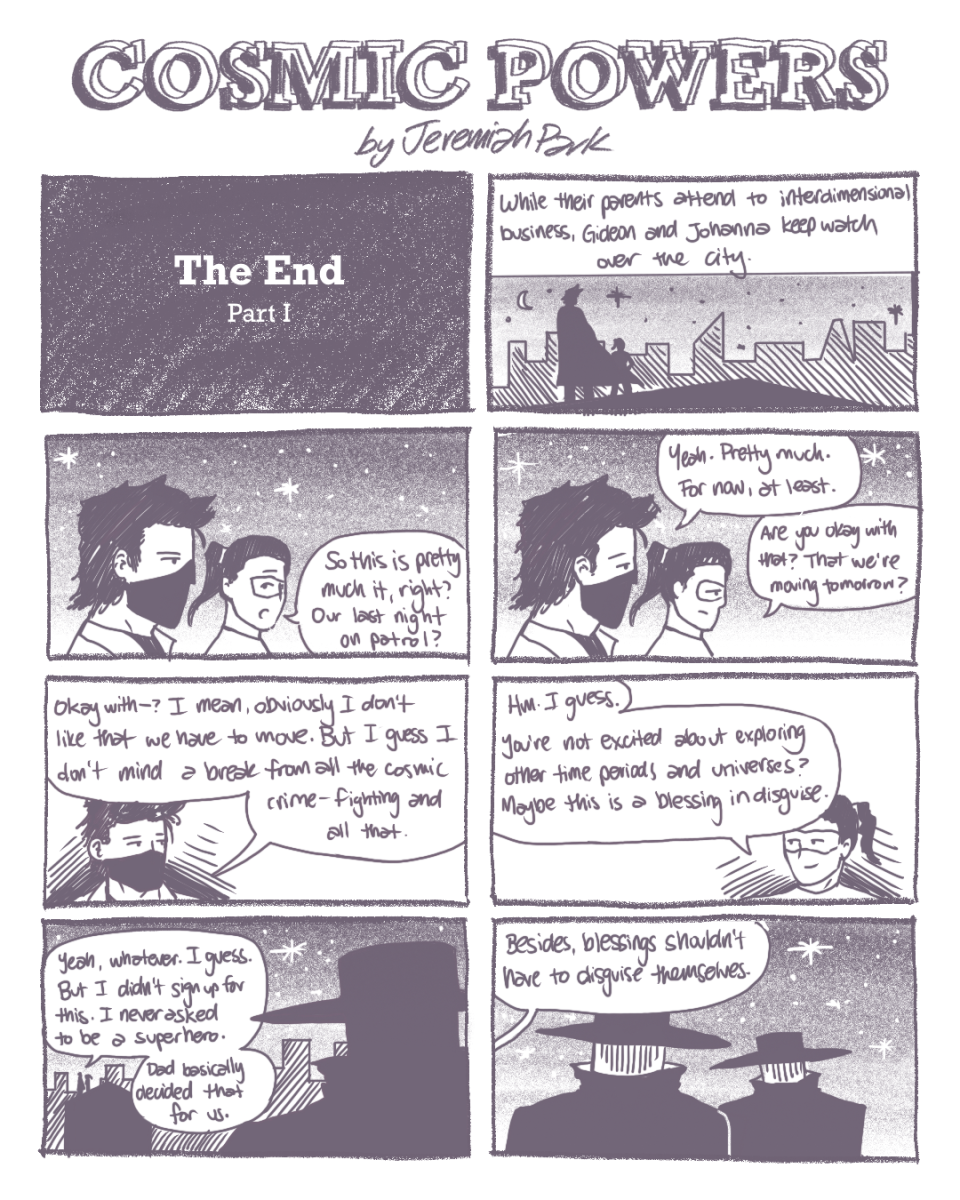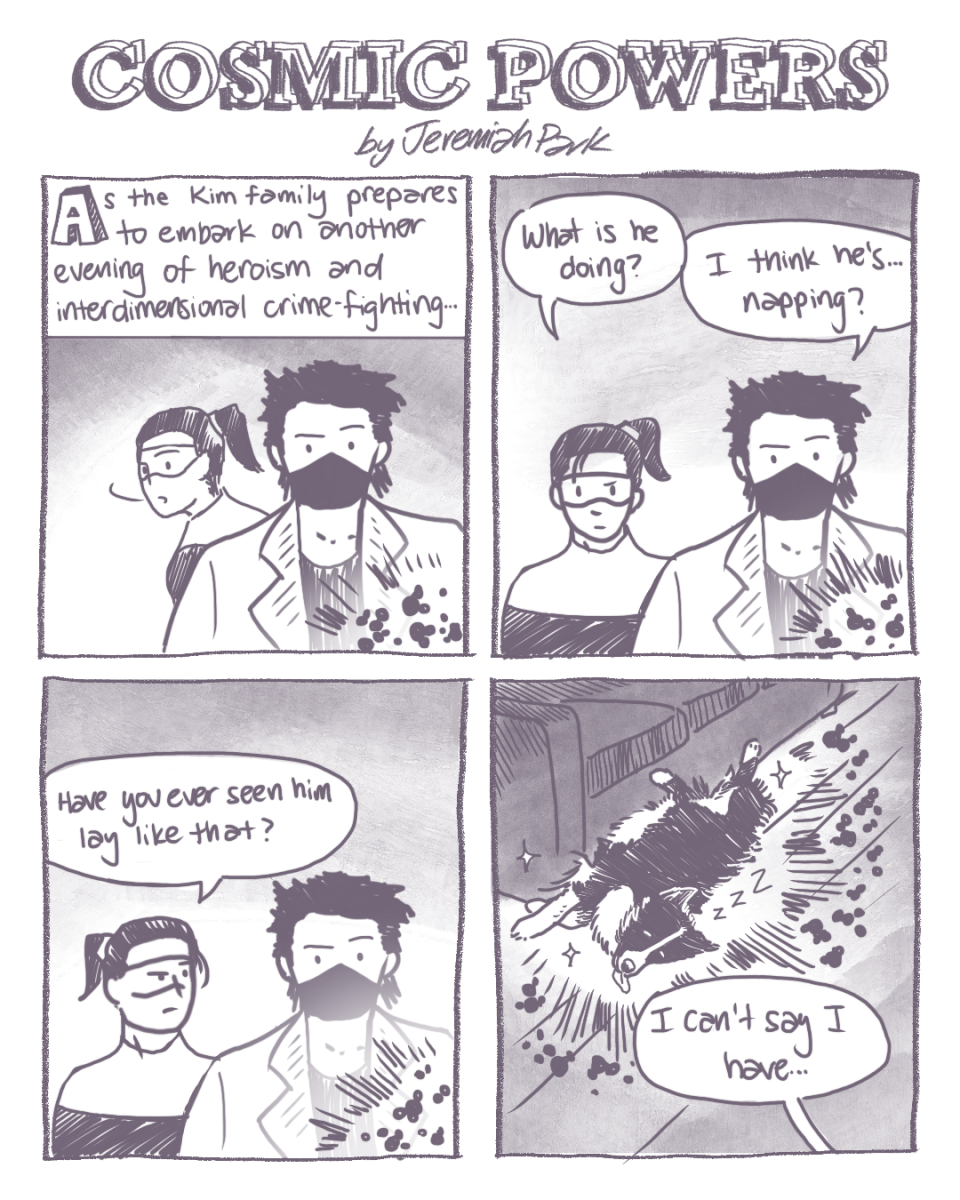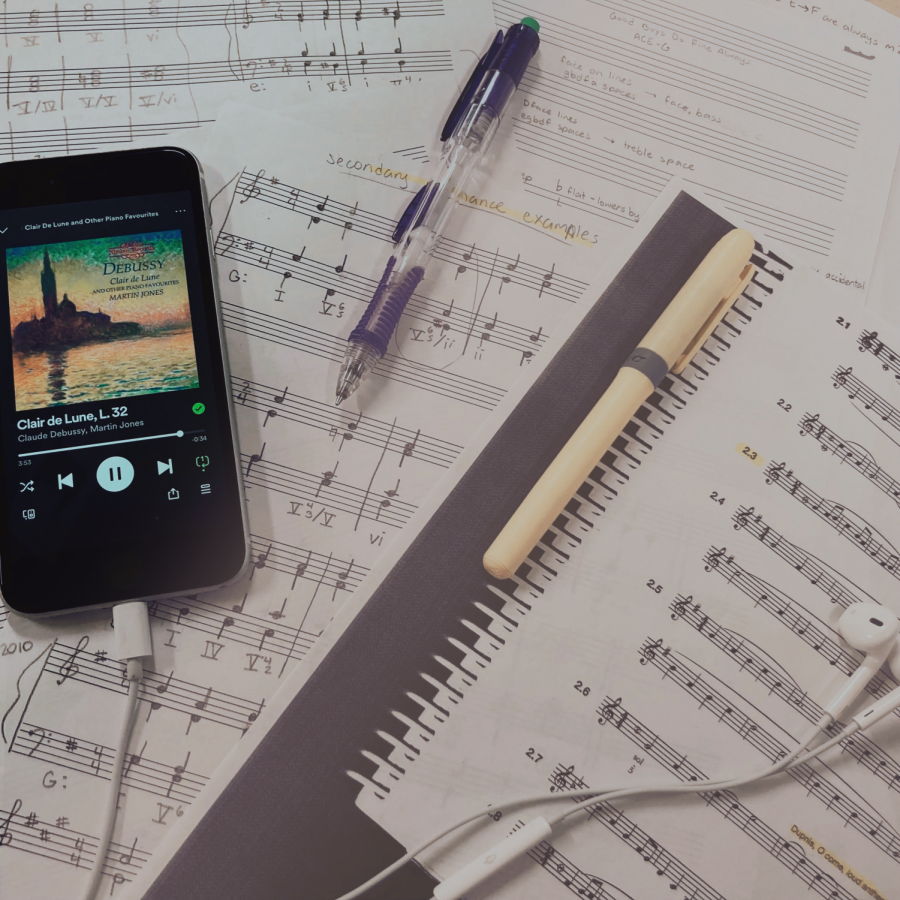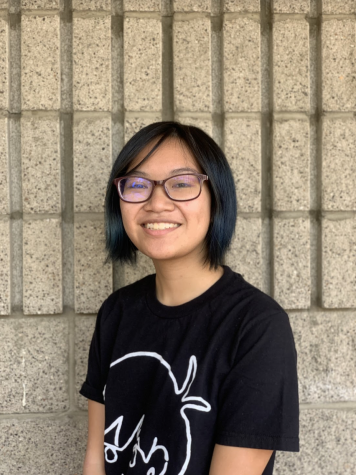So you want to take… AP Music Theory?
Unlike other visual-performing art courses, AP Music Theory allows students to study music as audience members rather than on-stage performers. From ear-training to analyzing the compositions of iconic classical pieces, students will learn the history of classical composers, the techniques used in musical discipline, and leave with a newfound appreciation towards the musical arts.
May 4, 2023
A scattered array of chairs and music stands littered across the black-and-red carpet greets students as they filter into this unusual, impromptu band room-turned-classroom. There are no desks in sight, nor an organized seating chart; students simply grab a stand and take a seat at the remains of woodwinds or brass sections from periods past. Plastered on the whiteboard, amidst performance dates and conductor notes, are the permanent, five-line manuscript decals of a blank musical staff, soon to be written on and erased as the lesson goes on. For the next hour, students flip their stands into makeshift tables as they notate whole notes, create harmonies, and analyze Beethoven’s nine Symphonies until it’s time to “rack and stack,” and the classroom returns to a band room once more.
Unlike the vast majority of Ayala’s Visual-Performing Art (VPA) courses, AP Music Theory provides a perfect alternative for students who dislike the prospect of standing on stage or creating their own art. Rather than painting portfolios or acting out roles, AP Music Theory students are encouraged to be audience members rather than performers—after all, appreciation of the arts is best experienced as an onlooker. Thus, the course focuses less on creating and performing for others, and more on fostering an appreciation for musical discipline through composition, analysis, and history.
Like all other Advanced Placement courses, AP Music Theory is equal to a “one-to-two-semester college introductory music theory course,” where students focus on the exploration and analysis of music development, classical performances, and 18th-century musical notation. At Ayala, AP Music Theory counts as an advanced class on student transcripts, and fulfills all ten VPA credits required for graduation. In addition, students who pass the national AP exam with scores of 3 or higher may be eligible for earning college credits in music, which may benefit those aiming to major in the musical or theatrical arts.
Despite what counselors say, AP Music Theory is not a selective class that requires teacher approval; however, spots are limited for sixth period only, and students must be at least a sophomore to apply. While there are no official prerequisites, those who wish to take it are highly recommended to have some sort of vocal or instrumental experience due to the curriculum’s strong emphasis on musically-advanced concepts, such as sight-singing and aural analysis. Students with no musical experience, however, are still encouraged to join, as the course spends the first few weeks reviewing and teaching the prerequisite skills required for musical analysis.
“The beginning of the course is a lot more simplistic because we start from the basics,” AP Music Theory instructor and Ayala band director Mr. Timothy Trost said. “Then by second semester, it’s more challenging as we get further into things like analyzing complex chords, keyboard and four-part writing, and secondary dominants.“
However, the course is anything but a “free AP,” even for those with strong musical backgrounds. Of all AP-level liberal arts courses, AP Music Theory has one of the lowest exam success rates, with 61.9% of testers earning a 3 or higher in 2022. While interviewed students—especially those with musical backgrounds—rate the beginning of the class at around four out of ten in difficulty, the latter half of the class is typically rated from six to seven. Their main reasons: both the second-semester difficulty spike and the fast-paced teaching style that follows.
“It goes from one to ten really quick,” said junior and AP Music Theory student Abigail Le. “[Mr. Trost] kind of expects us to know things after seeing it. He doesn’t really thoroughly explain things through, so you kind of have to give it a moment to process.”
Having to start from the basics, after all, leaves little room for slacking off, especially as the AP exam approaches by second semester. As such, Mr. Trost’s lessons tend to increase alongside the curriculum’s difficulty, covering multiple topics in a day and testing concepts that same week. Those who fail to grasp the material the first time or have a weak musical foundation may struggle to keep up with the examples and lessons that follow, as a large majority of the topics build on each other as the curriculum progresses.
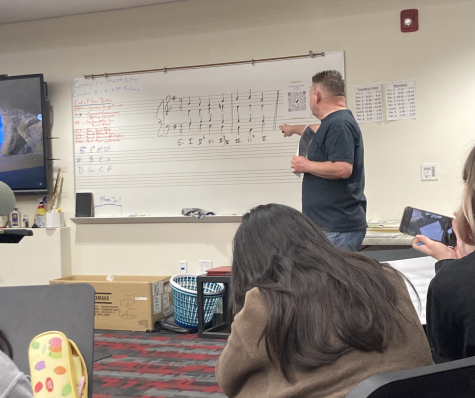
“He explains for like a good thirty seconds, then he’s like, ‘Oh, here’s a worksheet, you guys,’” junior and AP Music Theory student Haejoo Chang said. “So if you have no musical background, it’s going to be difficult.”
In addition, all practice is done within the period, mostly in the form of classroom examples and the rare self-guided worksheet. As such, the course assigns little to no homework or classwork—however, this can be a double-edged sword for those who learn better from hands-on practice rather than lectures. Luckily, there are resources available for self-study: the course textbook, Tonal Harmony With an Introduction to Post-Tonal Music (8th Edition), as well as the Barron’s AP Music Theory study guide are highly recommended for those taking the national exam.
“We do all our classwork either individually in class, collaboratively in groups, or with a partner,” said Mr. Trost. “Most of the stuff that comes from the exam is all in the textbook. If [students] pay attention in class, do the work, and comprehend at a pretty rapid pace, then they’re very successful.”
Yet, despite the challenges that come with teaching a fast-paced curriculum in a short amount of time, students agree that the learning environment fostered in the classroom can be defined by joy rather than stress. While some may find the lecture-heavy portions of the class disengaging, most agree that Mr. Trost’s personality keeps the class engaging and enjoyable.
“[Music theory] can be a challenging subject to learn, but I try to make it in a more relaxed setting so people are comfortable and not stressed out,” said Mr. Trost.
“It feels like [Mr. Trost’s] doing stand up comedy all the time,” said Le. “He stands up there, turns around, interacts, and turns back around. He’s so funny.”
In addition, since most students come from musical spheres within Ayala, much of the class is already familiar with each other, creating a sort of familial atmosphere complete with friendly banter and jokes. However, those outside of band or choir are still welcomed into the class family with open arms.
“It’s really laid back. Also, people just know each other,” said Le. “Even if you’re not friends with people, there’s inside jokes that float around. It’s friendly.”
Ultimately, AP Music Theory is a perfect traditional learning alternative for those who want to complete their VPA requirements away from the spotlight. However, students must have a genuine interest in studying music theory and improving their musical skills to succeed.
As such, prospective students shouldn’t allow themselves to be intimidated by the course’s difficulty or their own musical skill—what matters is that they end the year with a newfound appreciation for music and the composers behind it.
“I’ve had students who’ve taken the class [that] I’ve had in band, orchestra, or even kids in the choir program, that [have] actually said that when they look at music now, they see it a different way because of the class,” said Mr. Trost. “Whether in band, orchestra, choir, or they play the piano or guitar or whatever, they can use all the elements that we’ve learned in the class towards their performance. And that’s what it’s about, just getting better and learning more material, and being able to apply it to what they’re doing now.”


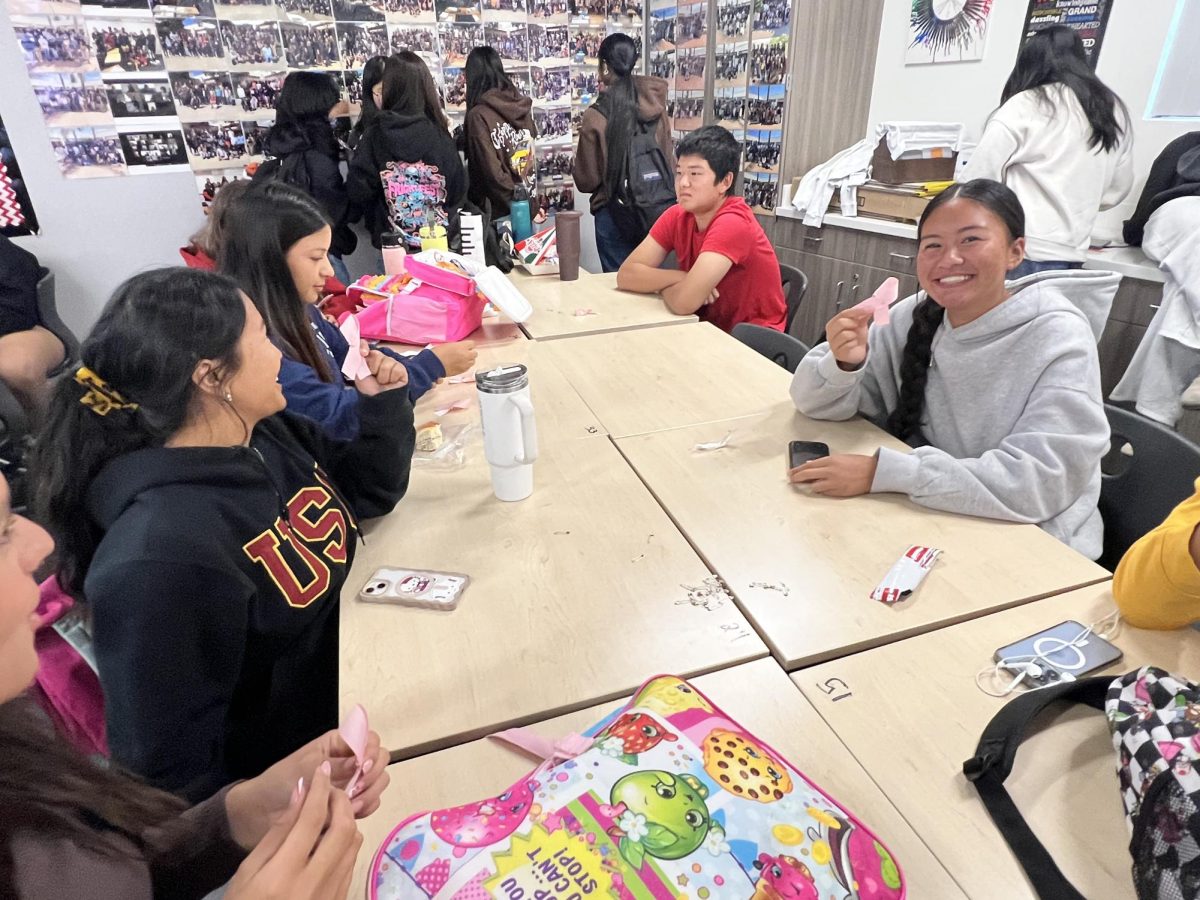
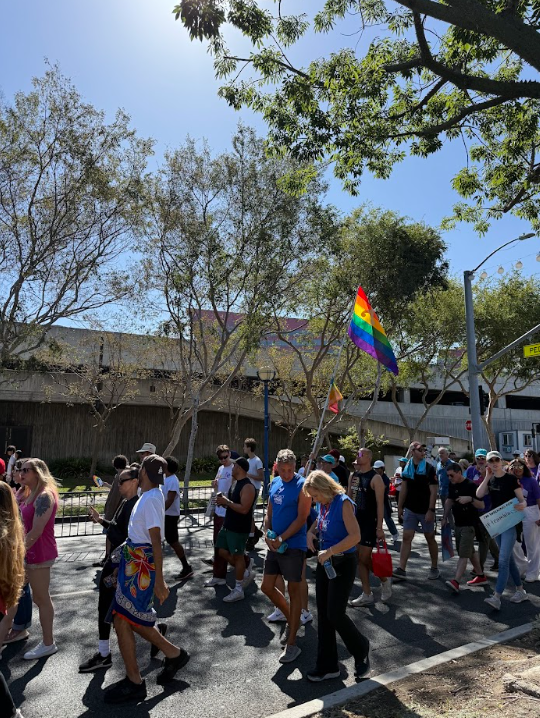


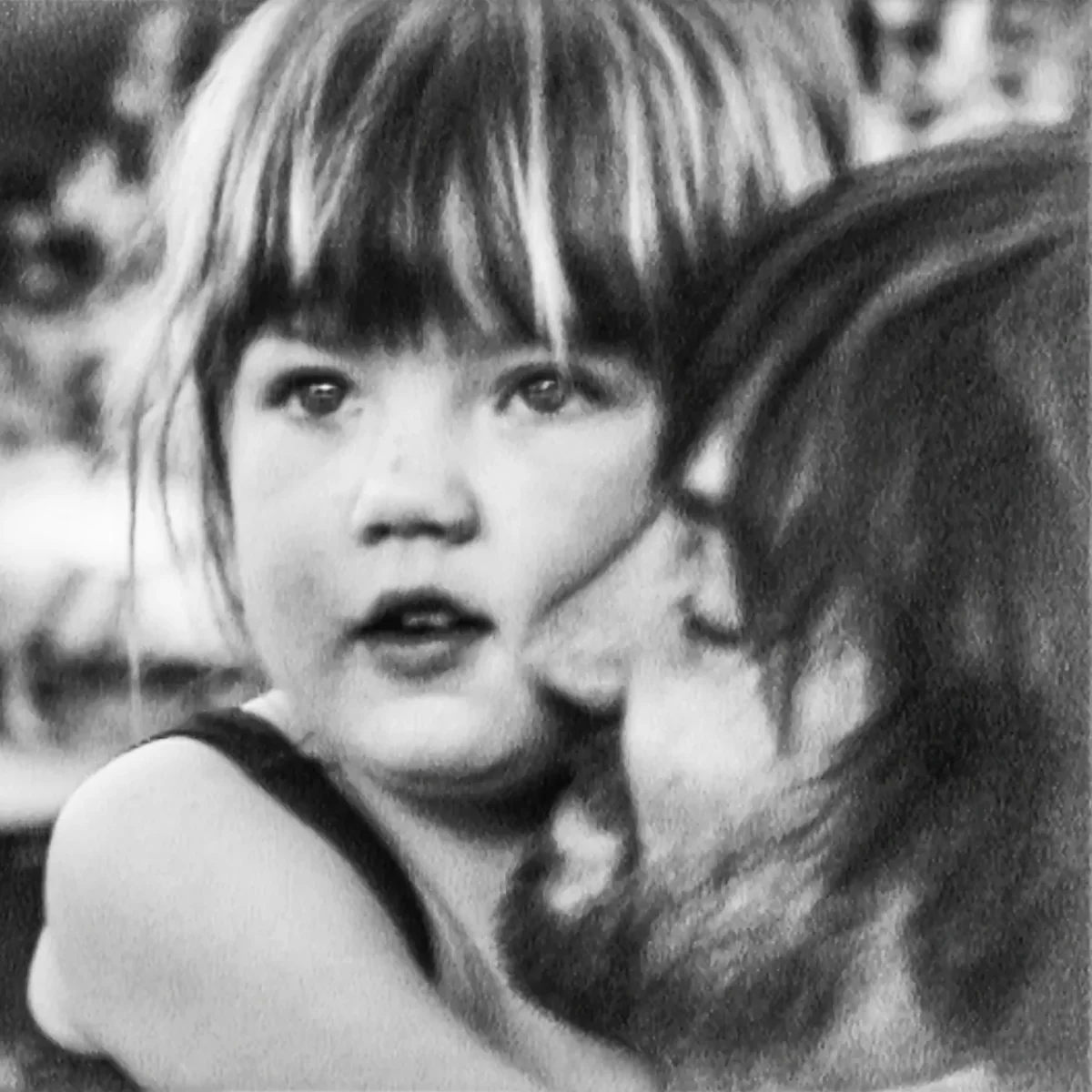




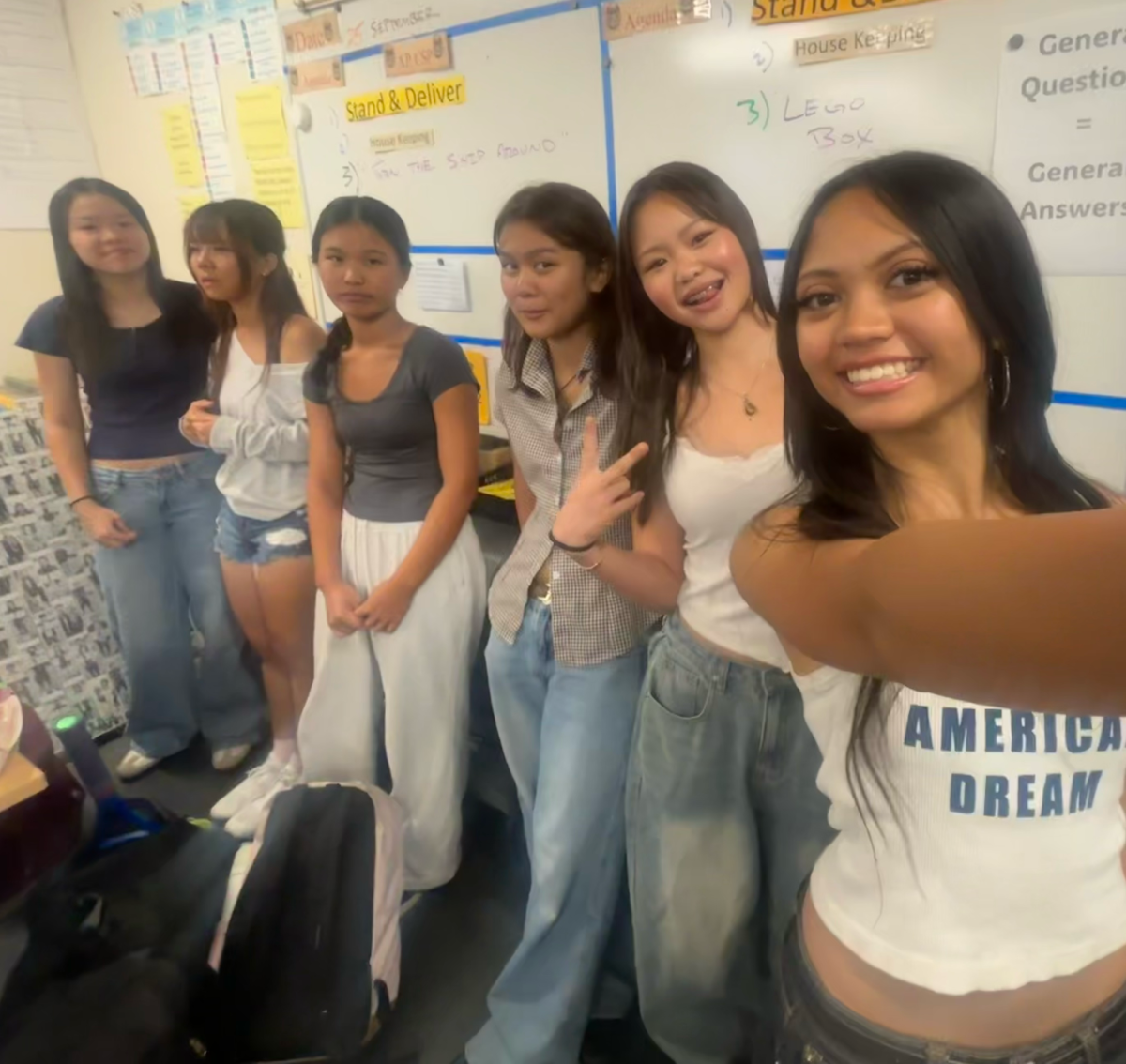



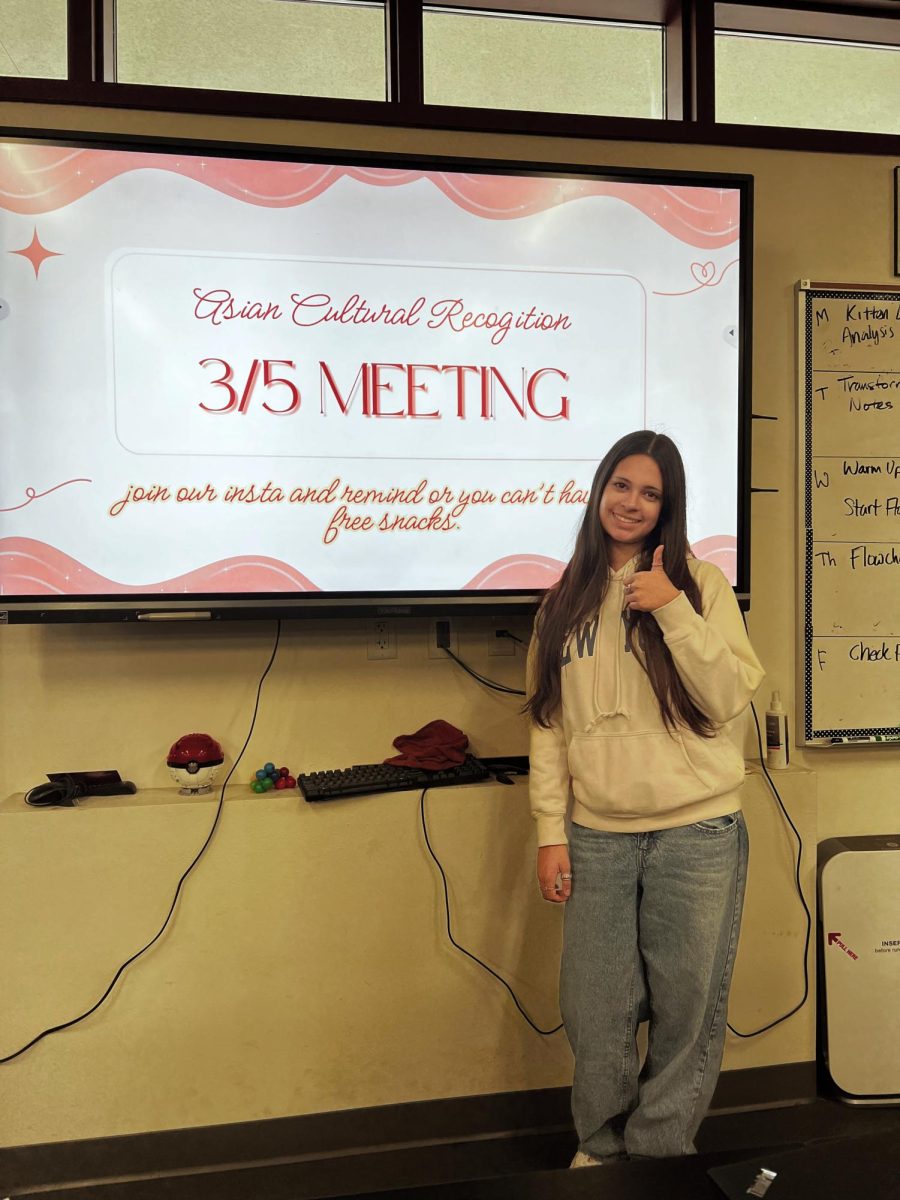






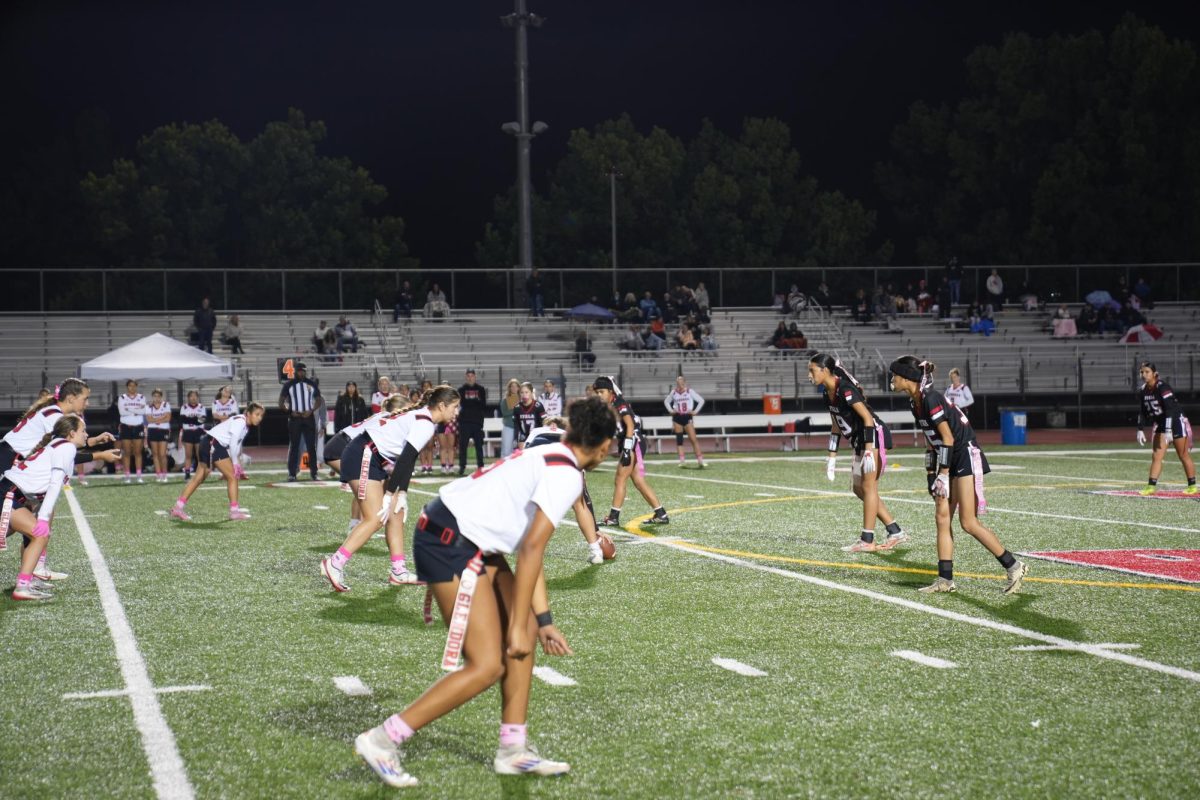
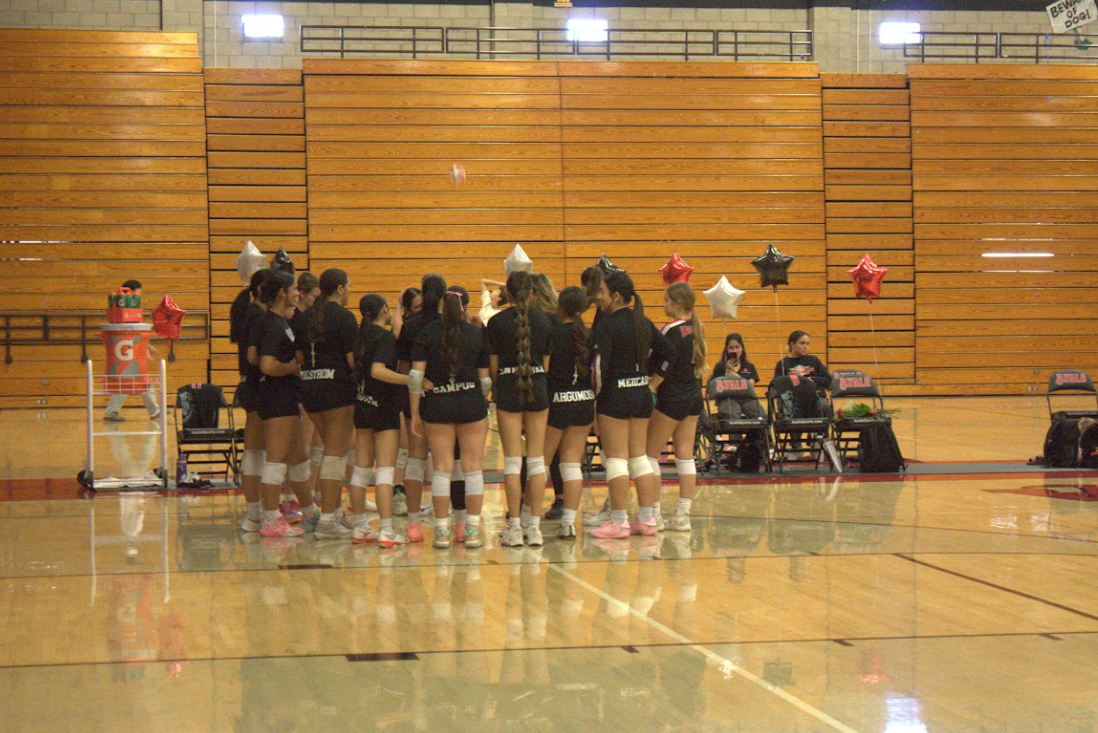

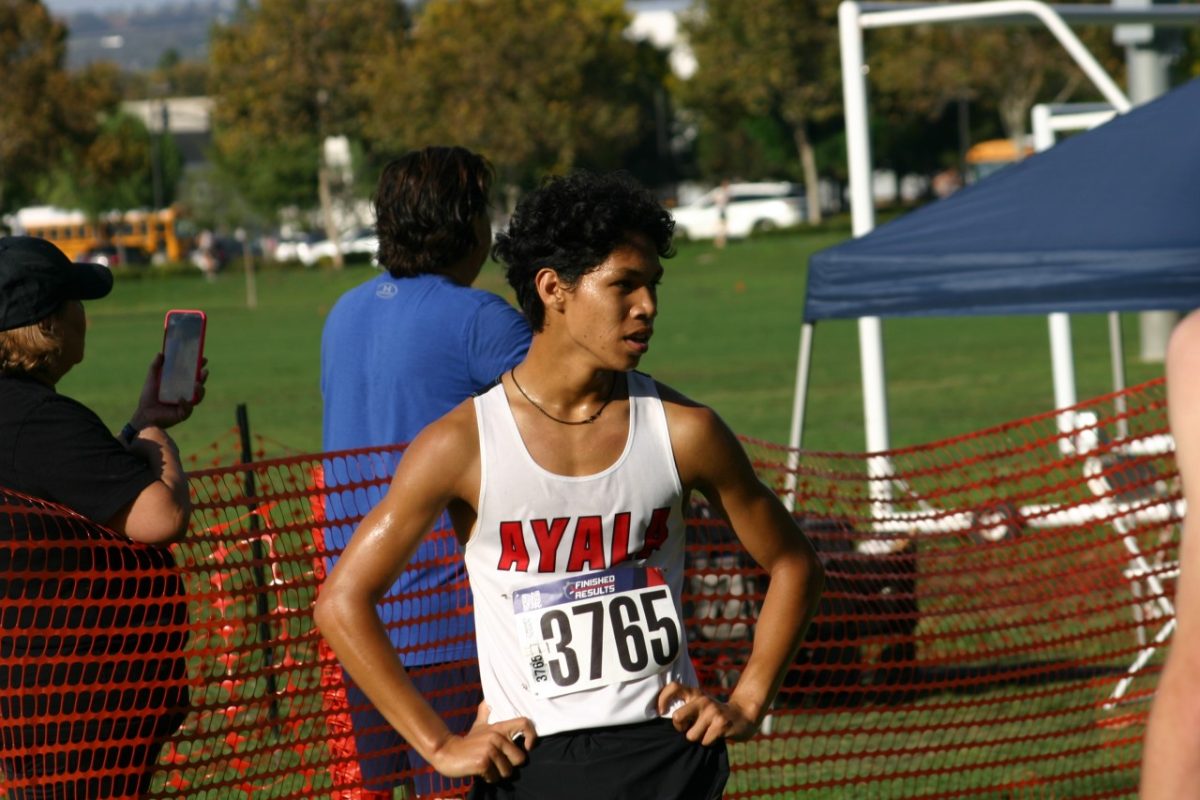
![“I'd say [this season was] successful because I didn't really think I was going to really play much because I'm a freshman. But my coaches took the time and believed in me,” Jonah Boyd (9) said. As a freshman, Boyd has already achieved great success during his first year on the boys Varsity baseball team.](https://ayalabulldogtimes.org/wp-content/uploads/2025/05/IMG_1598-1.jpeg)

